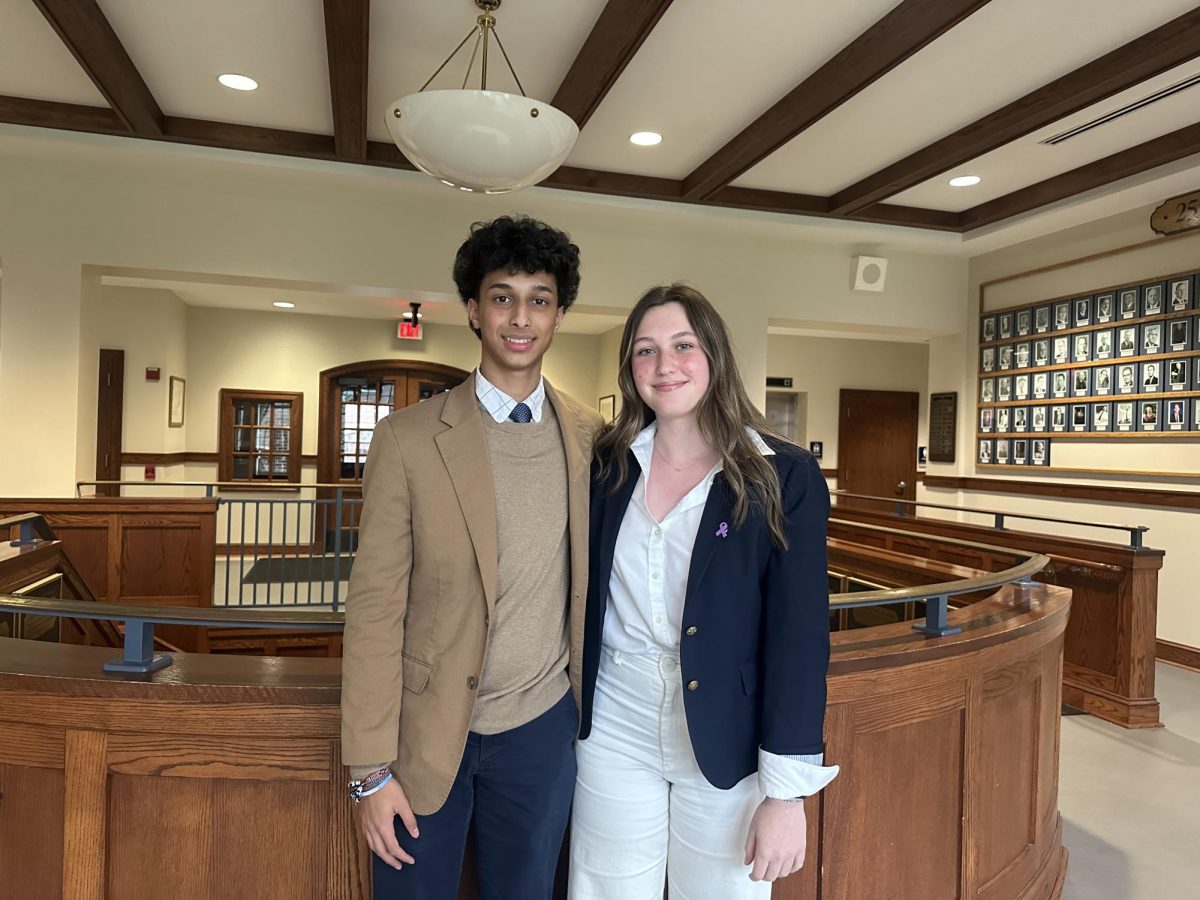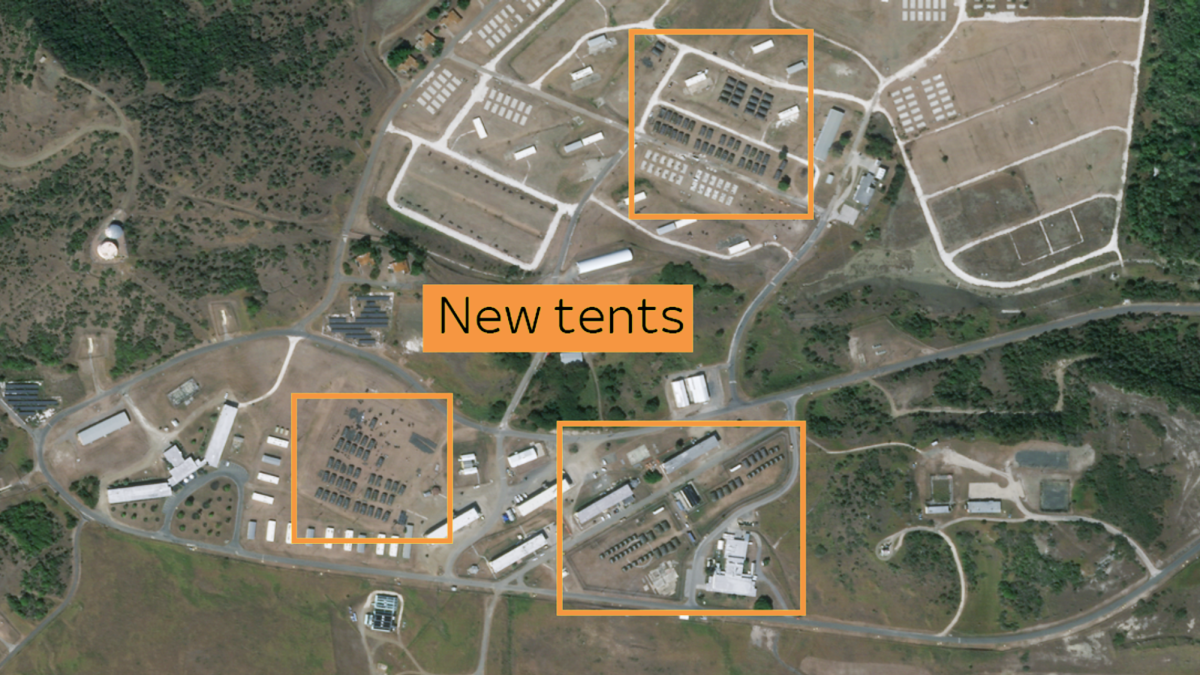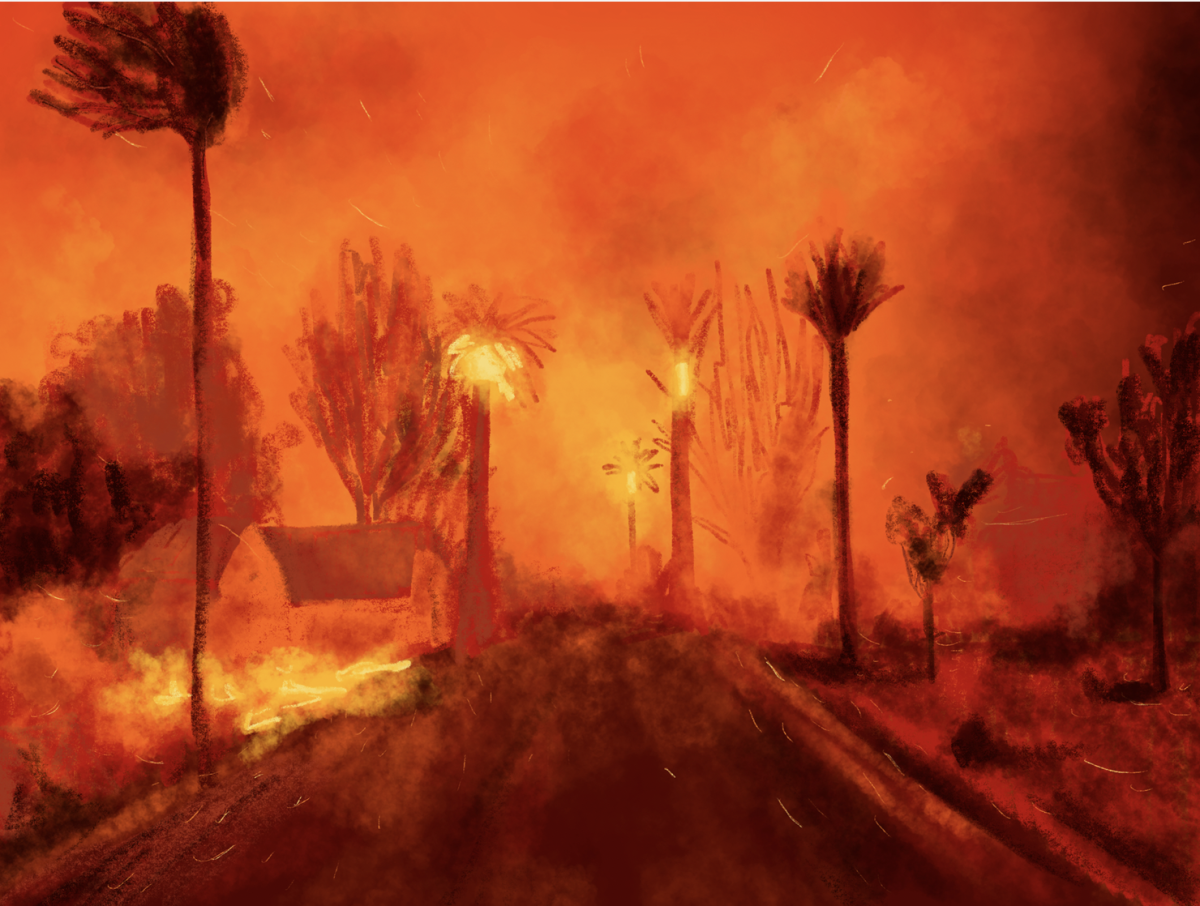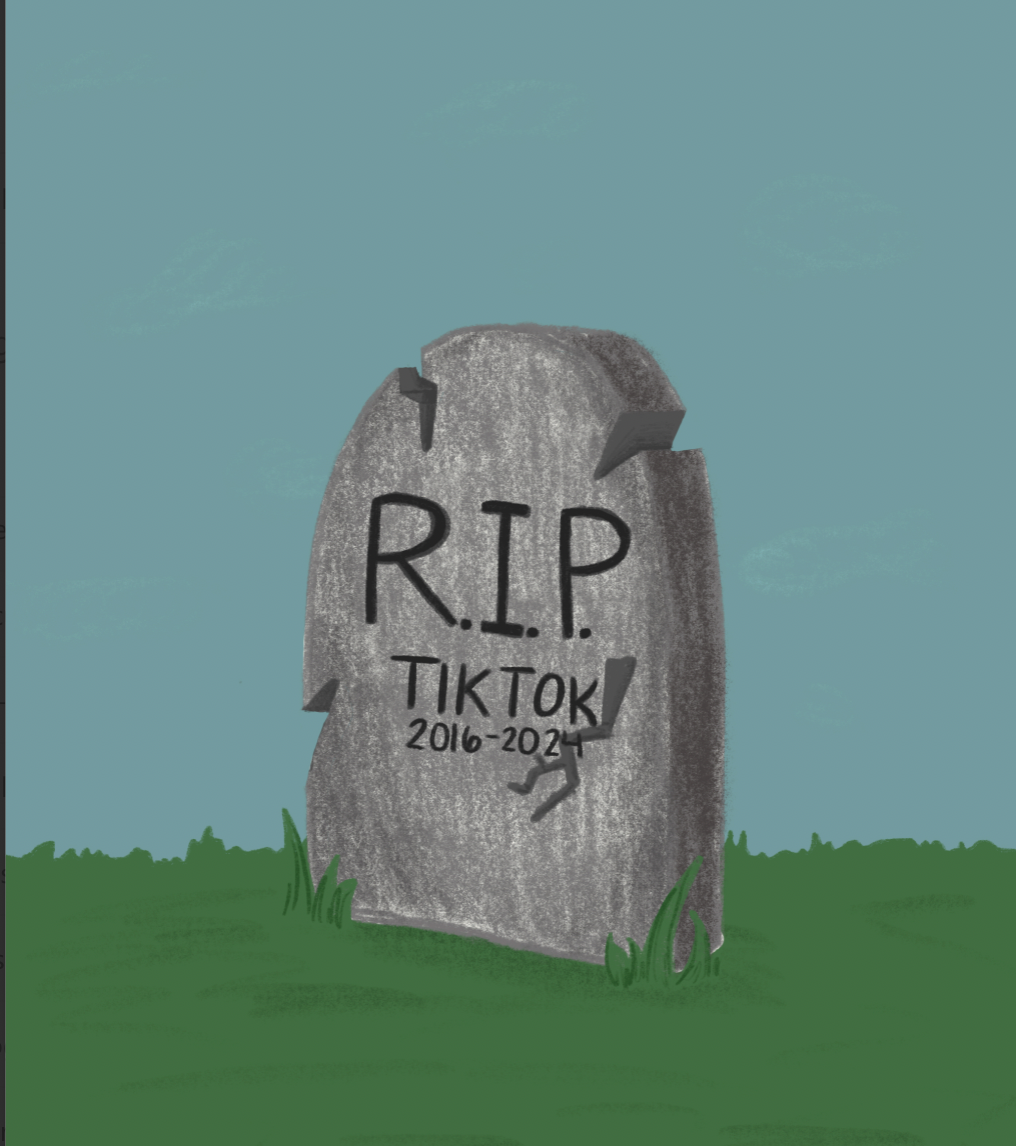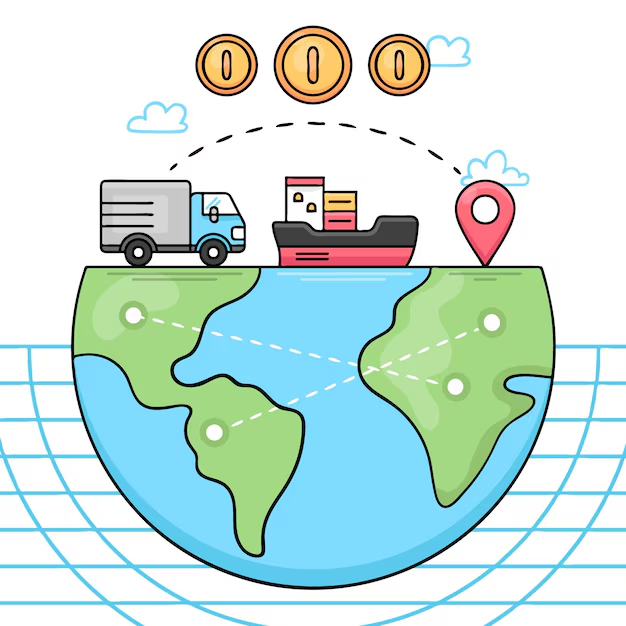Climate Infographic
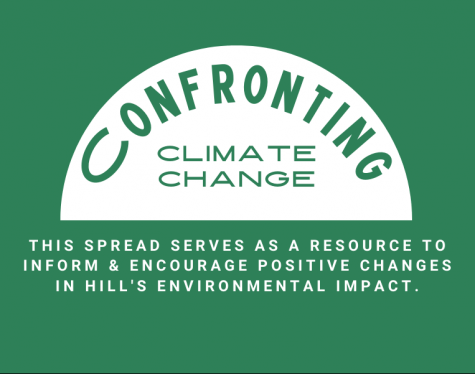
What is climate change?
The Merriam-Webster dictionary defines climate change as “a significant and long-lasting change in the Earth’s climate and weather patterns.” Today, the term is often used to describe global warming and its effects.
How bad has it been so far?
NASA reports that the Earth’s average surface temperature has risen by about 2.12 degrees Fahrenheit since the late 19th century. The ocean has absorbed much of this increased heat, with the top 328 feet of ocean showing warming of more than 0.6 degrees Fahrenheit since 1969.
What are some of the causes?
Climate change has been driven largely by increased carbon dioxide emissions into the atmosphere and other human activities. Most of the warming occurred in the past 40 years, with the seven most recent years being the warmest. In 2019, greenhouse gas concentrations reached new highs. Carbon dioxide levels were 148 percent of pre-industrial levels.
What might happen if we don’t take action?
On the current path of carbon dioxide emissions, temperature could increase by as much as 7.92 degrees Fahrenheit by the end of the century. With global temperatures rising, every place on Earth will be affected: from melting glaciers and violent hurricanes to prolonged droughts and unbearable summer heat. Climate change will affect those living in poverty the most, and climate-forced migration may become one of the greatest crises of the century.
What can we do?
Globally, a $1.8 trillion investment in early warning systems, climate-resilient infrastructure, improved dryland agriculture, global mangrove protection and resilient water resources could generate $7.1 trillion in avoided costs and social and environmental benefits.
COP26: United Nations Climate Change Conference was held from Oct. 31 to Nov. 12 in Glasgow, Scotland.
Representatives from all over the world agreed that countries should come back next year to submit stronger 2030 emissions reduction targets with the aim of closing the gap to limiting global warming to 1.5 degrees C (2.7 degrees F). The conference called on countries to “revisit and strengthen” their 2030 targets by the end of 2022 to align them with the Paris Agreement’s temperature goals. COP recognized the importance of building resilience to the impacts of climate change, both in the formal text and also through initiatives announced on the sidelines.



